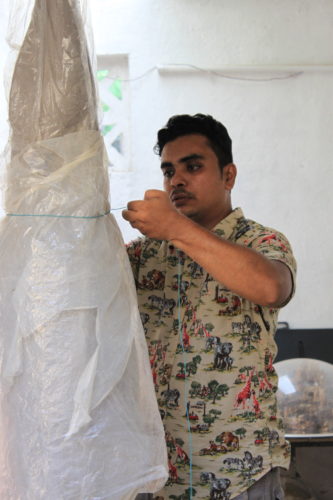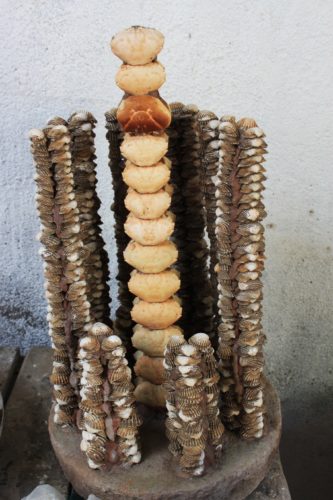The first in a series about CEL practicums from Olin MBA students. Today, we hear from the Emerson team. Members of the team are Chi Yee, Annabelle Zhu, Anne Chen, Gaurav Malik, Leo Huang, Claire Liu and Lehai Li.
Emerson, a global manufacturing company that addresses some of the world’s most complex challenges with innovative solutions, is actively seeking to evolve the organization toward more data-driven decision-making in its marketing functions.
Olin’s Center for Experiential Learning team was thrilled to have the opportunity to work closely with key stakeholders from Emerson’s Commercial & Residential Solutions platform to develop a playbook for the company to deploy across its businesses to help better leverage data in its daily workflow.
Cross-company conversations
To better understand the company structure, workflow and respective business unit data utilization levels, the CEL team conducted 30 interviews with key marketing and IT team members. These conversations were extremely helpful in understanding how the various businesses are leveraging data and the challenges encountered as teams are adopting a more data-driven culture.
It was through these cross-company conversations that the CEL team was able to learn more about Emerson’s organizational culture and how it leverages data into business-level decisionmaking.

These conversations oriented the CEL team and equipped us to understand overarching challenges in using data to make marketing decisions. Recognizing these challenges, the CEL team is developing a playbook that defines and prioritizes key performance indices across the customer journey.
In addition to enabling business marketing teams to track and measure their overall marketing channel effectiveness, the playbook will also help identify data gaps. Understanding that the playbook must be user-friendly and applicable to business teams that are at varying stages of data use, the CEL team worked closely with Emerson to ensure alignment with current marketing workflows across the organization.
Additionally, Olin Business School professors Michael Wall and Seethu Seetharaman provided the team with a lot of guidance and professional expertise that helped ensure that the CEL team was developing an actionable and responsive tool.
Adjusting to a crisis
The sudden outbreak of COVID-19 created some uncertainty within the scope of this project, especially given the preferred high level of stakeholder engagement preferred. The CEL team worked closely with Emerson, however, to facilitate a smooth transition to online meetings that would minimize any disruption in project delivery.
The CEL practicum was an invaluable experience that allowed the team to gain exposure to challenges that many companies face as businesses continue to embrace more sources of data and incorporate insights into daily decision-making processes.
This project, in particular, allowed the CEL team to hear from executives at the highest levels in the organization and understand how they are thinking about the future of their business. This project gave the CEL team members the opportunity to apply what they are currently learning in their classes to a “real world” corporate challenge.
This project broadened our perspectives beyond the classroom and better-equipped us to become key contributors to organizations in our future careers.
Pictured above: Emerson Representatives: Mark Dunson, Dennis Traver, Jim Squires, Tracy Reiter; CEL Faculty Advisors: Michael Wall, Seethu Seetharaman; CEL fellow: Sarah Fuller; CEL Team: Chi Yee; Annabelle Zhu; Anne Chen; Gaurav Malik; Leo Huang; Claire Liu



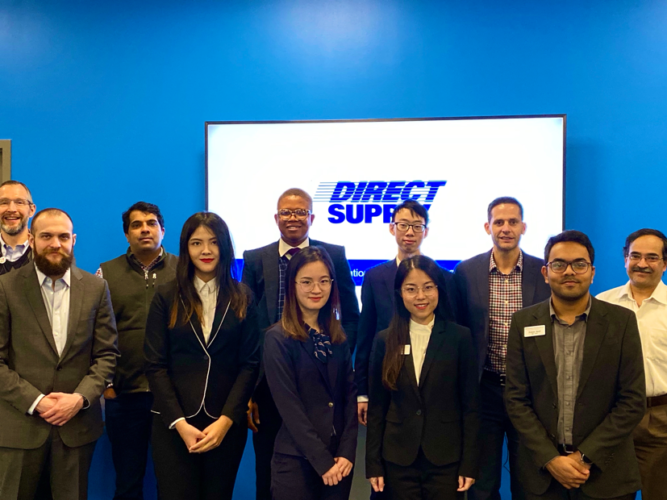


 On our second to last day in Rosario, our team visited Molinos Agro, a large local soy crushing facility in San Lorenzo (just outside of Rosario). We had spent most of the week learning about the agtech ecosystem from the beginning of the value chain with startups creating new farm technology or genetically engineering seeds.
On our second to last day in Rosario, our team visited Molinos Agro, a large local soy crushing facility in San Lorenzo (just outside of Rosario). We had spent most of the week learning about the agtech ecosystem from the beginning of the value chain with startups creating new farm technology or genetically engineering seeds.
 Jeff Brown, MBA ’19, wrote this on behalf of his practicum team from the Center for Experiential Learning. MBA ’19 team members included Jeff Brown, Abdul Rehman Azmat, Grace Lee, Ricardo Marrujo Mexia, and Samuel Roth. The project advisor was Rich Ryffel.
Jeff Brown, MBA ’19, wrote this on behalf of his practicum team from the Center for Experiential Learning. MBA ’19 team members included Jeff Brown, Abdul Rehman Azmat, Grace Lee, Ricardo Marrujo Mexia, and Samuel Roth. The project advisor was Rich Ryffel. 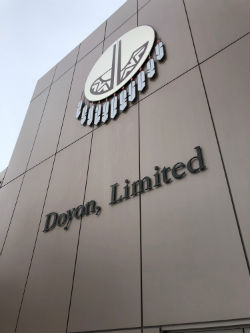 In our first week on the project, we had the pleasure of meeting Doyon executives in person. Throughout the day, we interacted with the client professionally and—just as importantly—personally. too. This time spent together allowed us to better understand Doyon’s business and helped build a rapport that was useful during subsequent meetings. We became more confident that we could ask difficult questions, and at the same time, the client gave honest feedback on our work. In the end, because of the trust we built, we delivered a better final product and more value for Doyon.
In our first week on the project, we had the pleasure of meeting Doyon executives in person. Throughout the day, we interacted with the client professionally and—just as importantly—personally. too. This time spent together allowed us to better understand Doyon’s business and helped build a rapport that was useful during subsequent meetings. We became more confident that we could ask difficult questions, and at the same time, the client gave honest feedback on our work. In the end, because of the trust we built, we delivered a better final product and more value for Doyon.
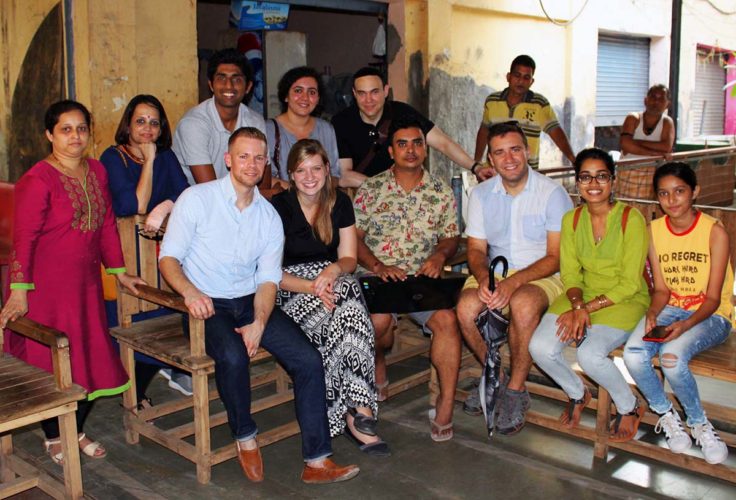
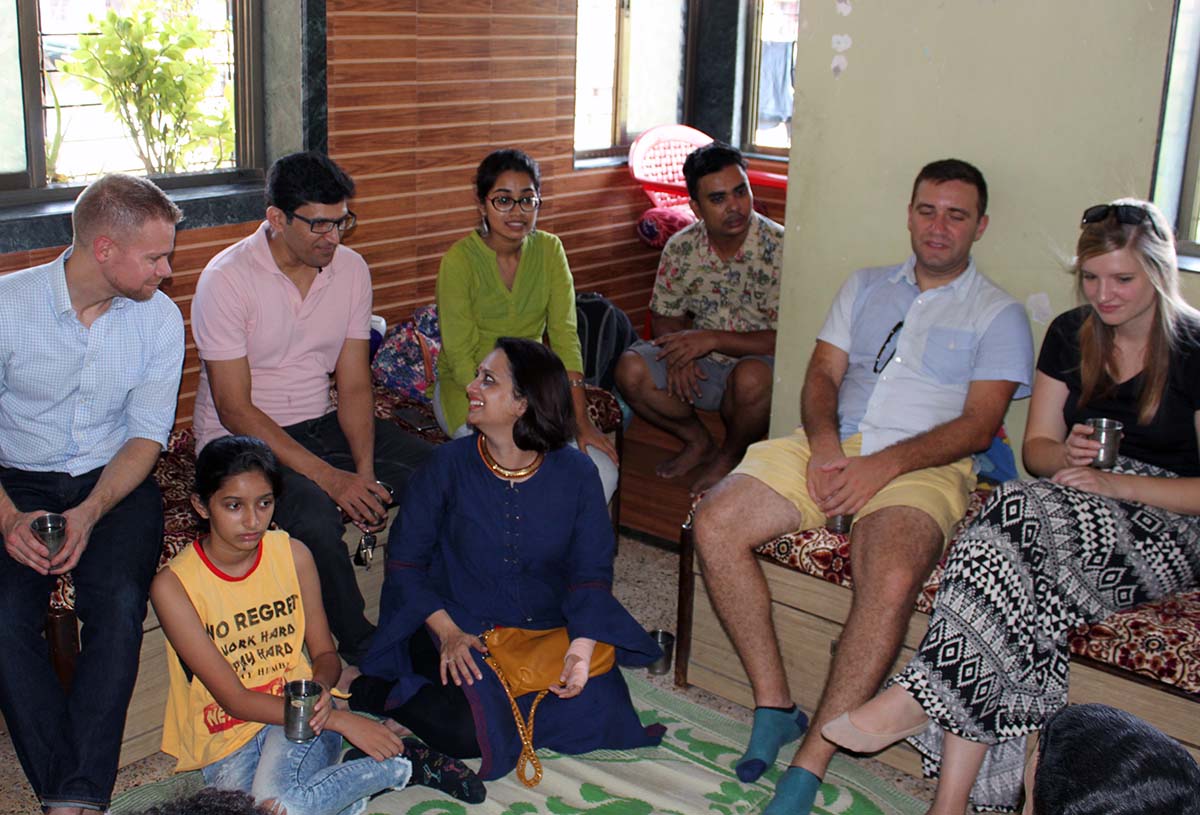 What was the biggest takeaway from consulting in-person, rather than remotely?
What was the biggest takeaway from consulting in-person, rather than remotely?